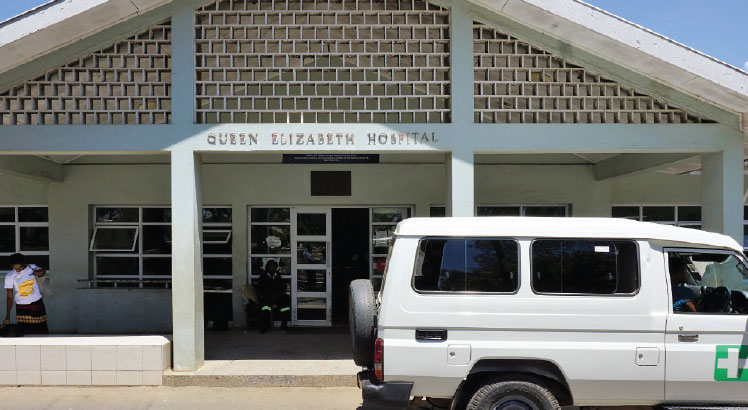Bank dangles facility to finance health programme
The World Bank has asked Malawi to consider a loan facility for the implementation of the National Action Plan on antimicrobial resistance.
In its report jointly done with the World Health Organisation (WHO), the bank noted that Malawi has made great progress in implementing aspects of the action plan.
Reads the report: “For many low and middle-income countries, domestic financing may not be sufficient for comprehensive, nationwide implementation of antimicrobial resistance activities.

“There are many potential funding sources for supporting NAP implementation. The International Development Association at the World Bank, for example, provides investment project financing, results-based loans.”
While the WHO report released early this month acknowledges the critical role donor funding plays in implementating of the antimicrobial resistance plan, it provides a general recommendation to the country to reduce donor dependency for sustainability.
In an interview, Ministry of Health antimicrobial resistance national coordinator Dr. Watipaso Kasambara said the five-year action plan expiring this year has only achieved about 50 percent of its targets, which include raising public awareness and improving capacity of hospitals to manage AMR.
He blamed this slow implementation of resources as government is only able to allocate about K28 million ($28 000) out of the required K1 billion.
“Over 90 percent of the financial support for antimicrobial resistance activities is donor-based. Donor partners have been key in providing support in the implementation of the Malawi strategy.
“Overall, the support has not been sufficient enough which has led to the delays in achieving the goals outlined in the action plan.”
Last Wednesday, during the meeting on health financing, Kamuzu Central Hospital director Jonathan Ngoma told the gathering that between July to September was this year, the hospital mortality rate was 10 percent, saying lack of resources was a contributing factor to this high number.
In an interview, Ngoma said in most cases the hospital, for lack of resources, is left without options leading to needless deaths.
“The issue of resources is well-known. We do not have enough staff. We do not have enough equipment…and all these contribute to some deaths,” he said.






One Comment